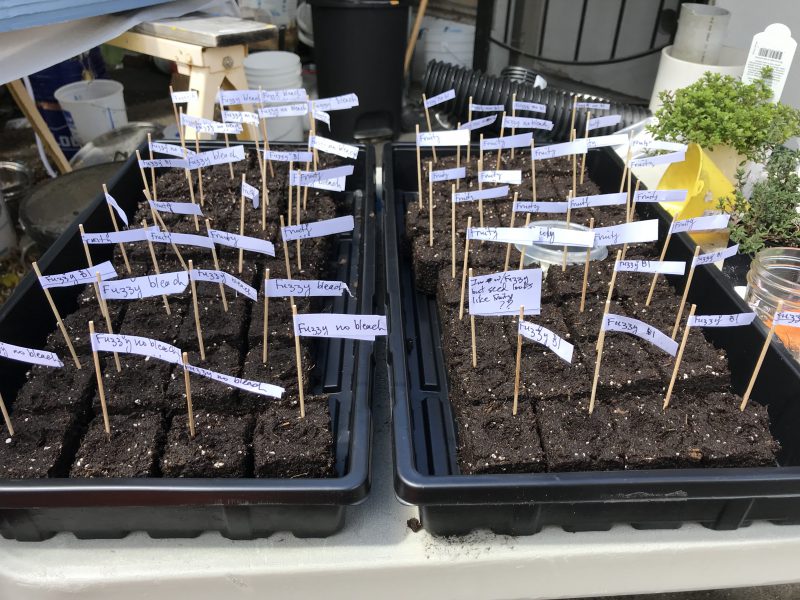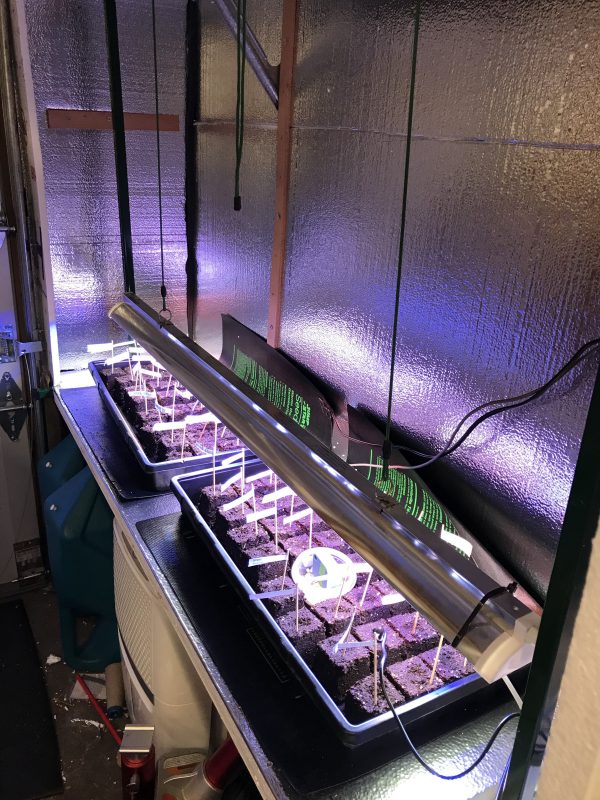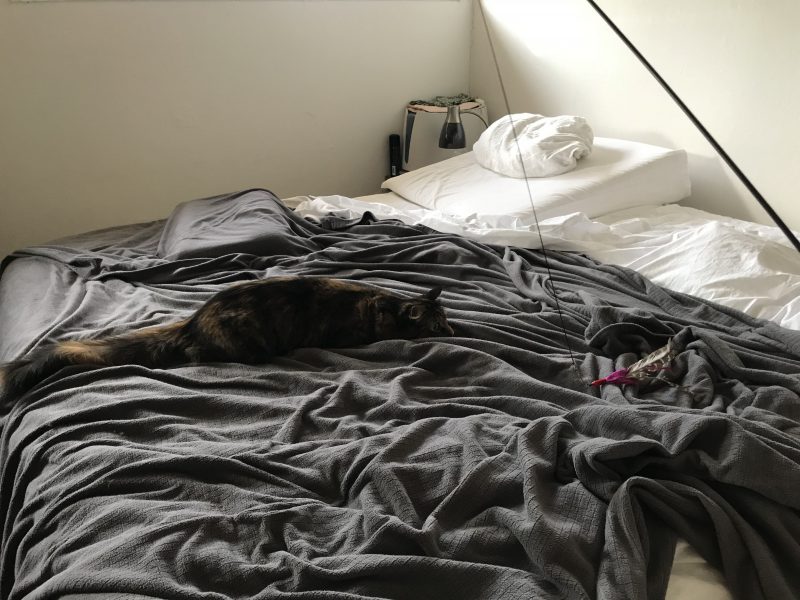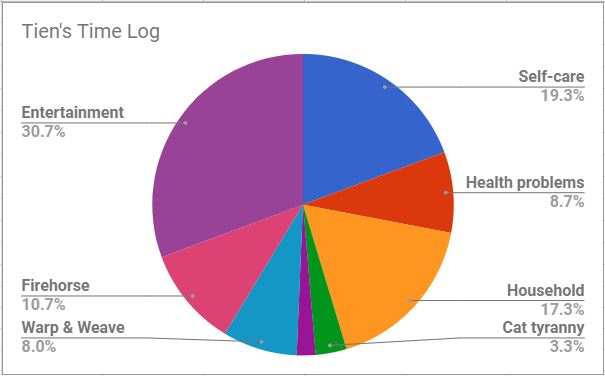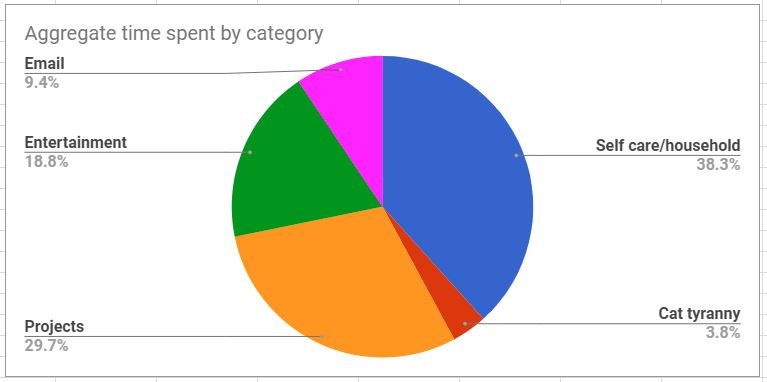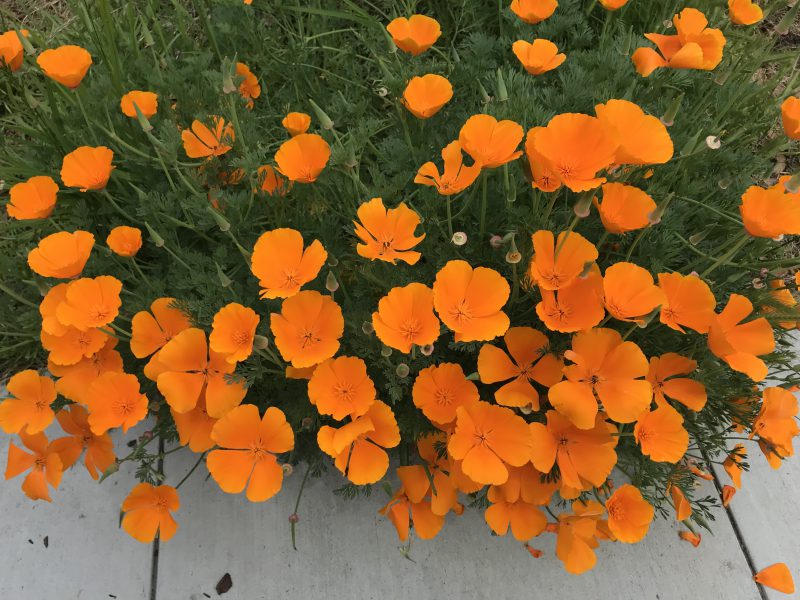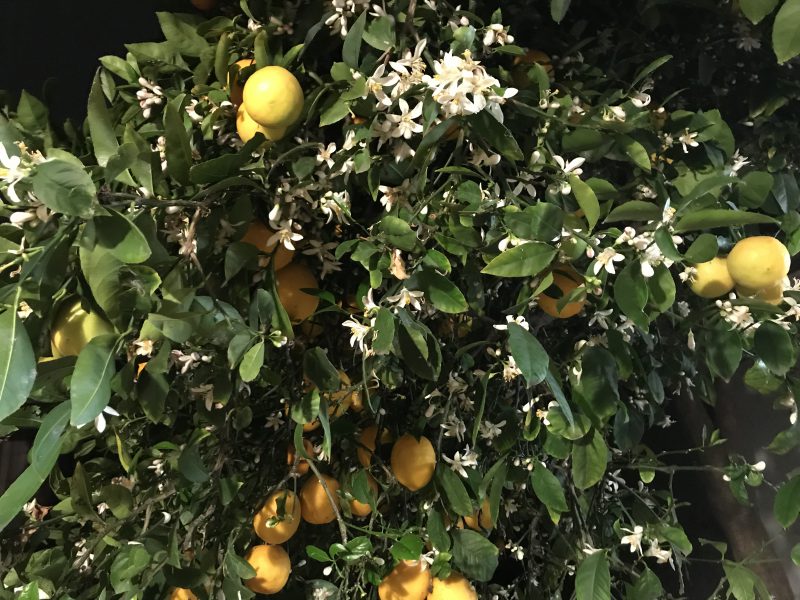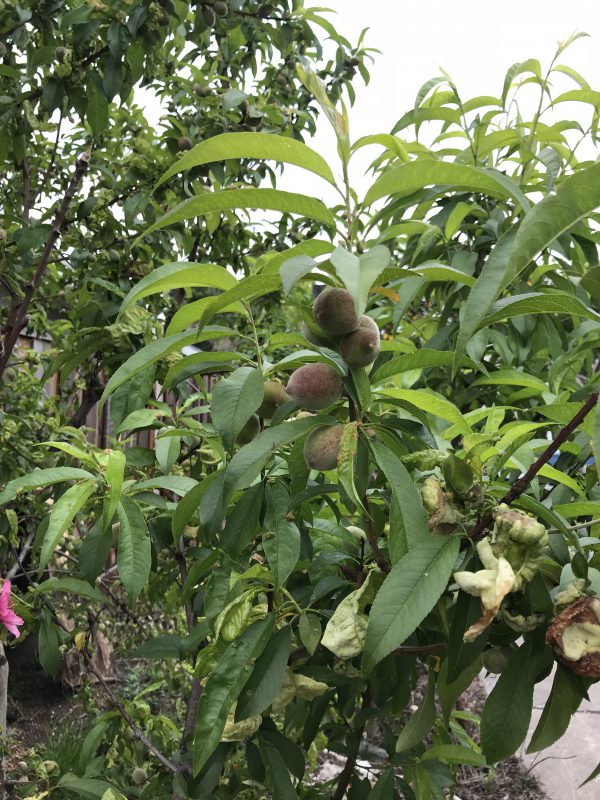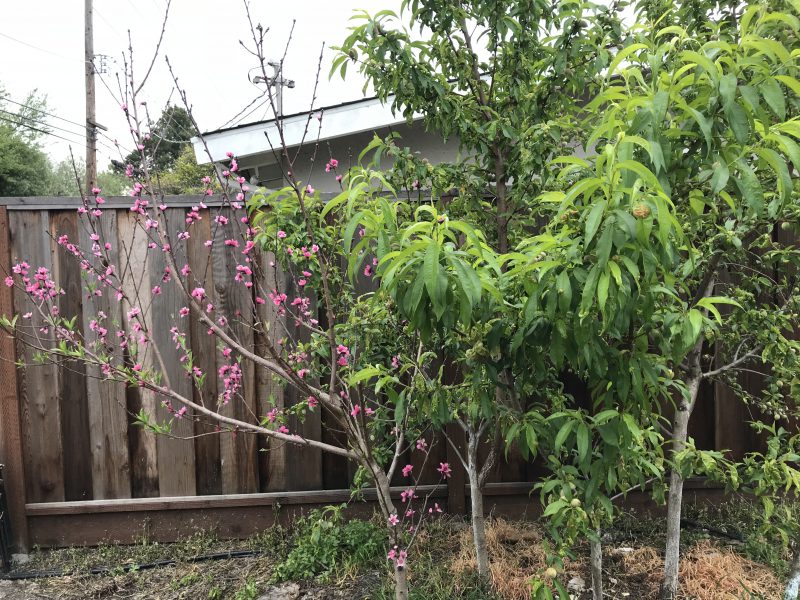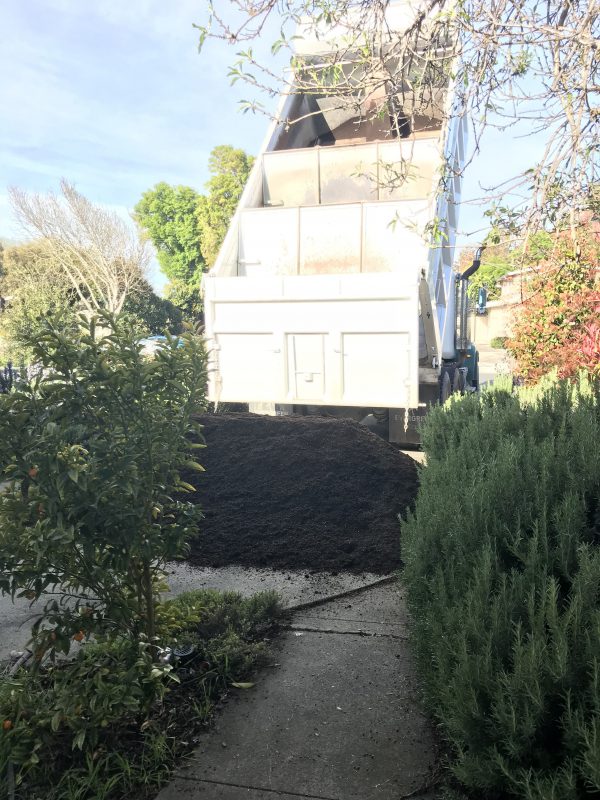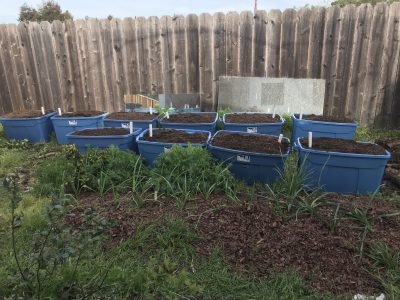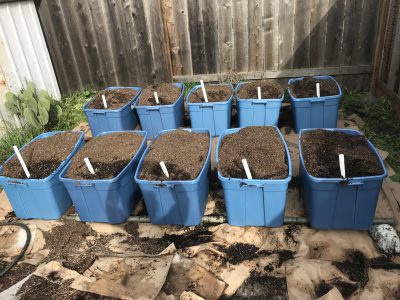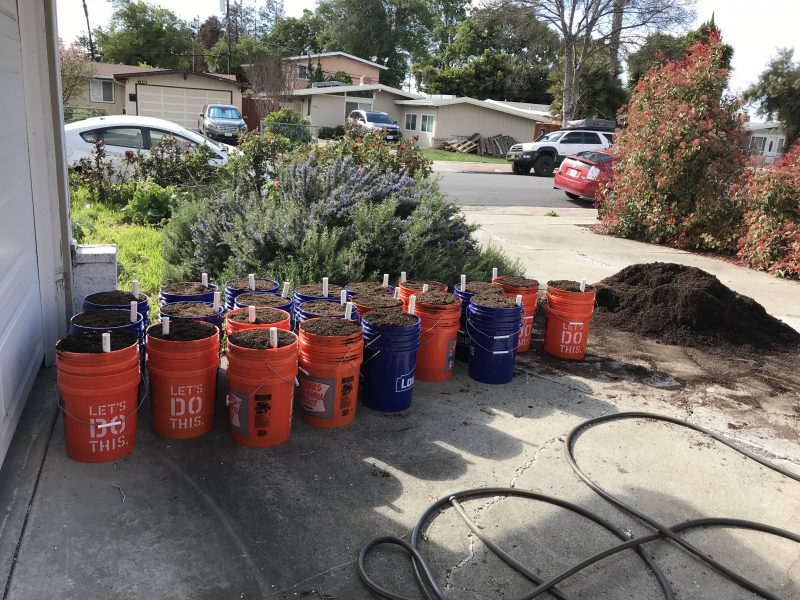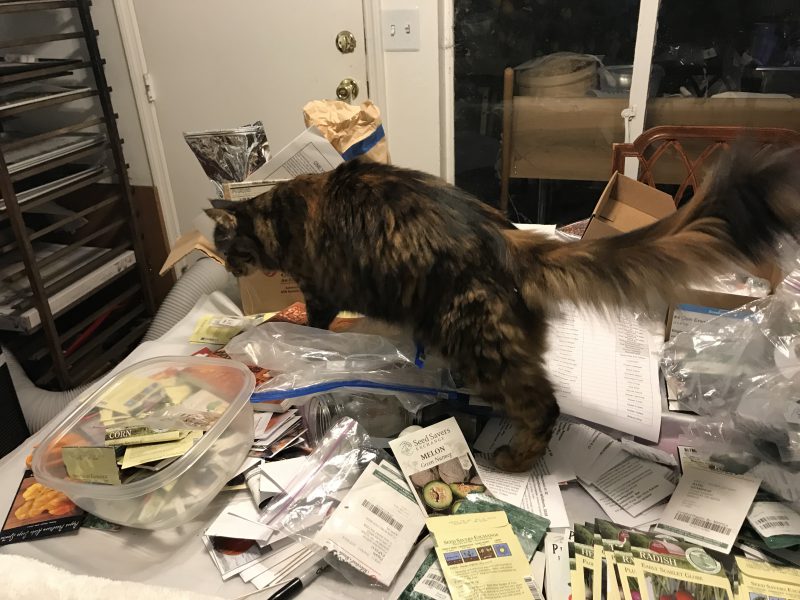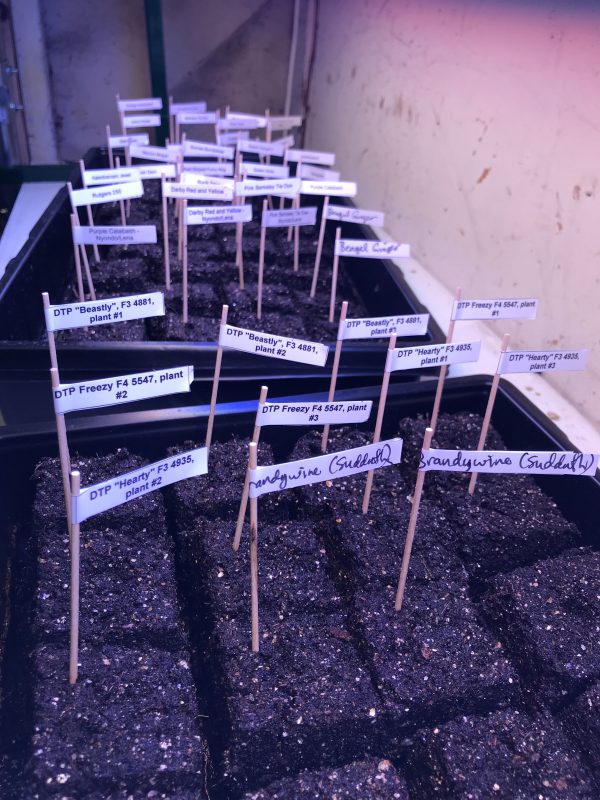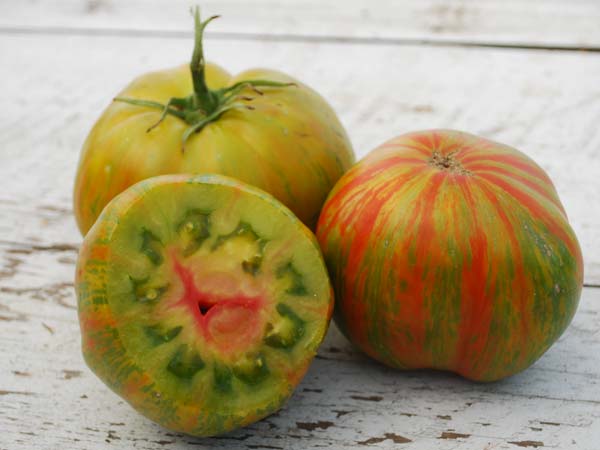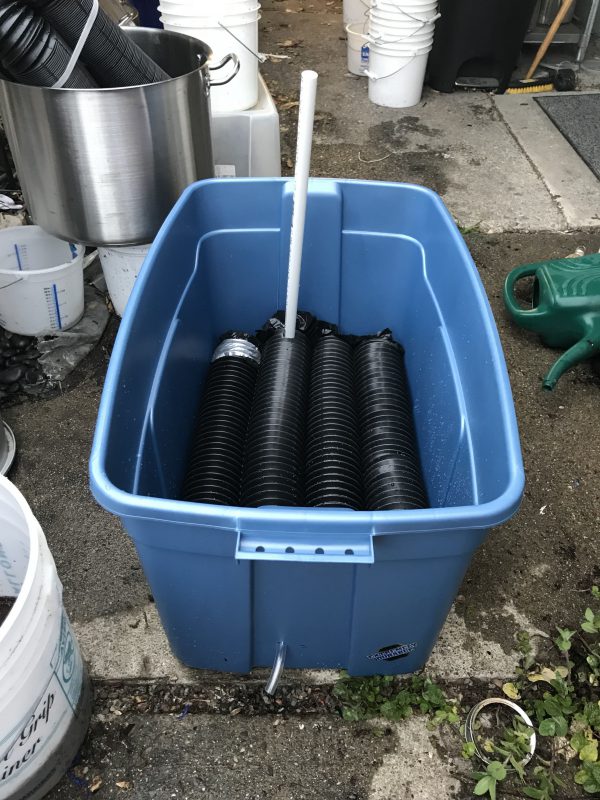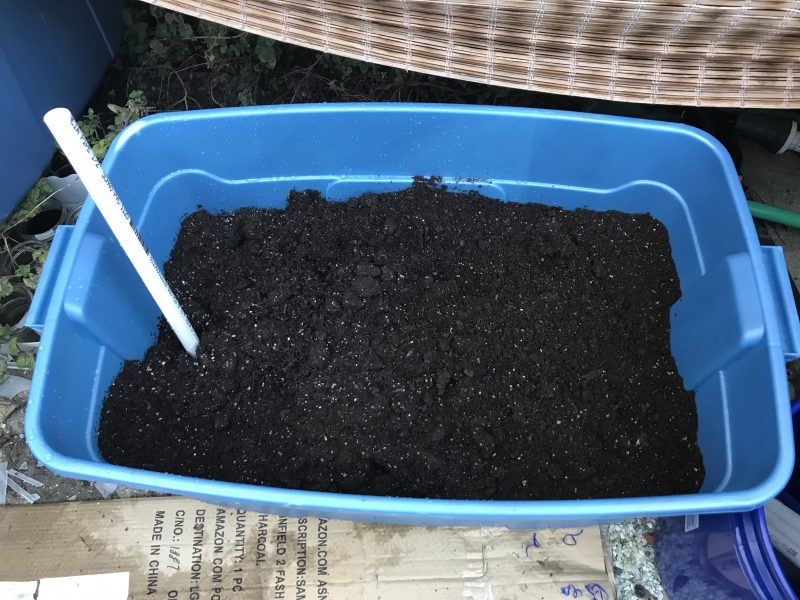What do seed savers have in common with wedding party planners?
They both use a lot of wedding-favor bags:
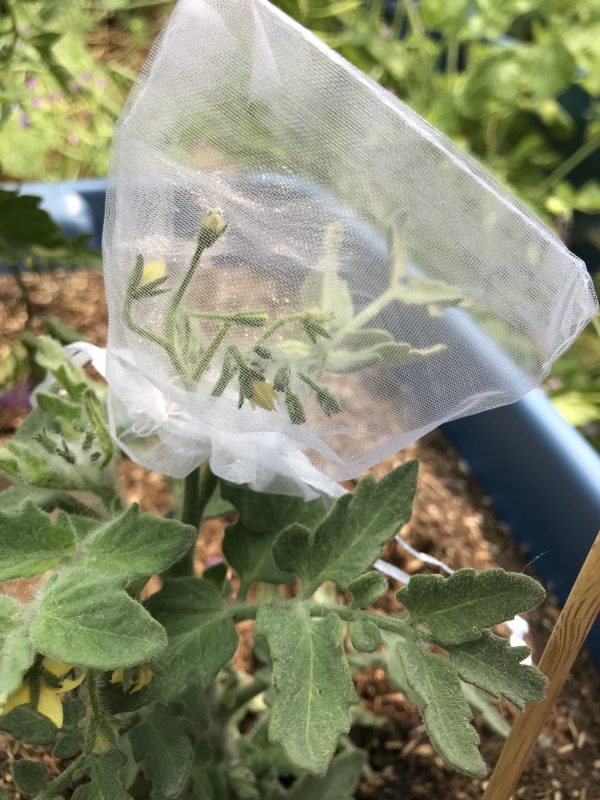
One of the important parts of seed-saving is making sure you are saving the seeds that you want. Which means controlling pollination, so that the seeds you want are bred from the plants you want. To do this, you have to isolate flowers for the fruits you want to save, to prevent accidental crossing through bees, other pollinating insects, or (in some cases), air movement.
Tomatoes are natural inbreeders – they almost always self-pollinate. In fact, in most cases the flower gets pollinated before it even opens. Natural air movement shakes pollen from the stamens onto the female stigma inside the flower bud, and pollination happens before the bud opens. Except in greenhouses, there’s going to be enough wind to pollinate your tomatoes. (Greenhouses actually have to install fans to make sure there’s enough air motion.)
However, if you are deliberately breeding tomatoes, “almost” isn’t good enough – you want to make sure that your plant lines stay pure, and that your crosses are what you think they are. And if your tomato plants are growing in an area with lots of pollinating insects, there’s actually a decent chance that a stray bee or other insect will apply pollen where it shouldn’t. Since we’ve deliberately made our yard a haven for bees and other pollinators, I want to make sure my lines stay pure. Thus, the blossom bags.
My blossom bags are made out of organza, with a drawstring at the bottom. The organza lets light and air through (preventing rot), while keeping out pollinators and other insects. You can buy 3″ x 4″ blossom bags at Seed Savers Exchange for 50 cents each…
…or you can look at them and say, “Hmm, those look awfully familiar!” and buy a 100-pack of wedding-favor organza bags on Amazon, for about 8 cents each.
So now much of the garden looks like this:
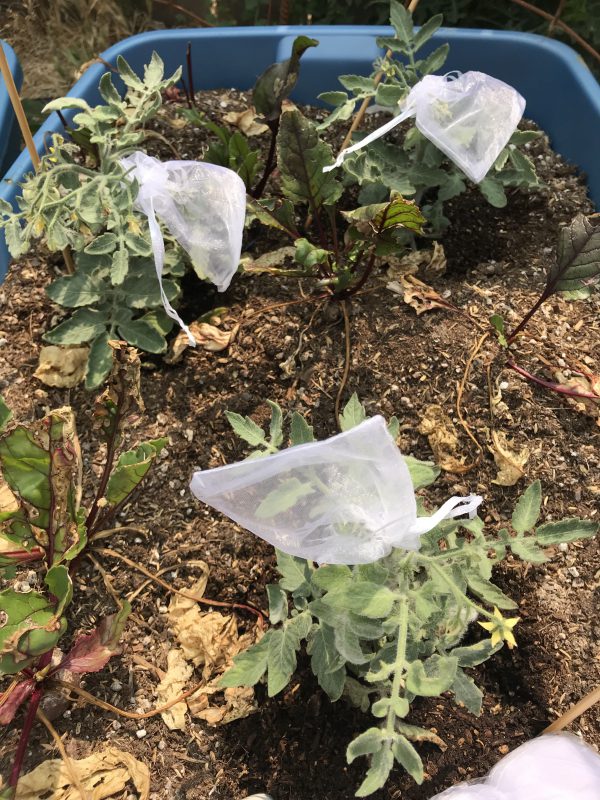
Meanwhile, some of the Fruity Mix tomatoes got ahead of me and are well on the way to ripe fruit:
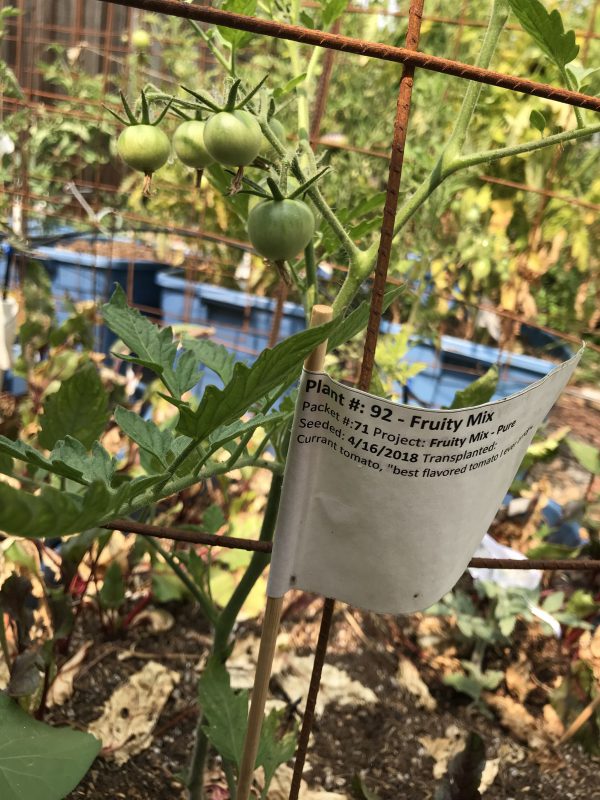
These won’t be saved for seed, but that means I get to eat them!! What a wonderfully tasty silver lining.
I’m surprised that the Fruity Mix tomatoes are so large – I remember Fruity Mix as being a currant tomato, which are supposed to top out around 1/2″ – really tiny. These are more the size of a small cherry tomato. But I’m not complaining! It will make picking them a lot easier. Currant tomatoes taste delicious but are so small that they’re really only suited to casual grazing.
And the presentation? Still cranking away. 75% of the slide text drafted, need to finish that and add photos. It’s turning out to be a “deeper” presentation than I had expected. Because it’s not just about critique, it’s about the entire way you relate to, and evaluate, your work/skills/interests. People tend to think of critique as something you do at the end of a project, either by yourself or formally with a group of people, where you review your work, talk about all the flaws in the work, and resolve to do better next time. In fact, critique (or “evaluation,” which is what I call it in my book) is something you should do almost continuously throughout the course of making a piece. And it’s not about the negatives – quite the reverse. Evaluating your work isn’t about finding everything that’s wrong; it’s about finding the things that are right, the things that you like. Because those are the things you build on. You can get good work by fixing flaws, but to get great work, you need to find the strengths of the piece and make them powerful.
There’s a lot more to the presentation, but I gotta get back to work! (Especially before my two owners wake up from their midmorning nap and start bugging me about doing my One Job. Fortunately we’re growing catnip in the garden, so perhaps I can distract them with some heavy drugs. Hey, when you’re a mere human, you have to be tricky!)
